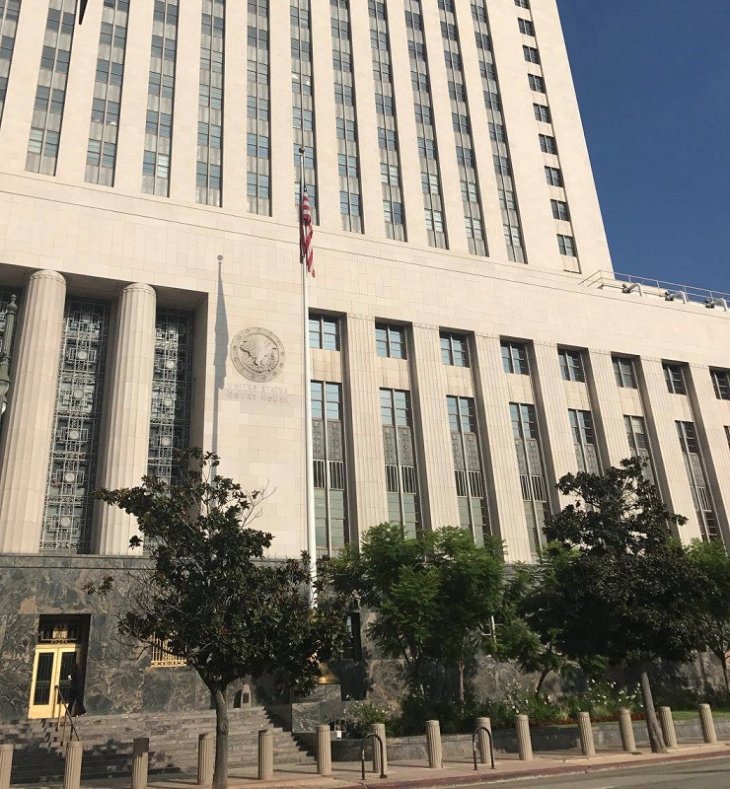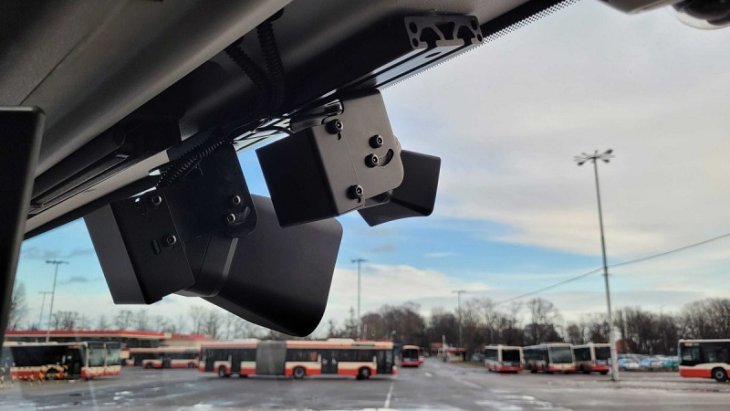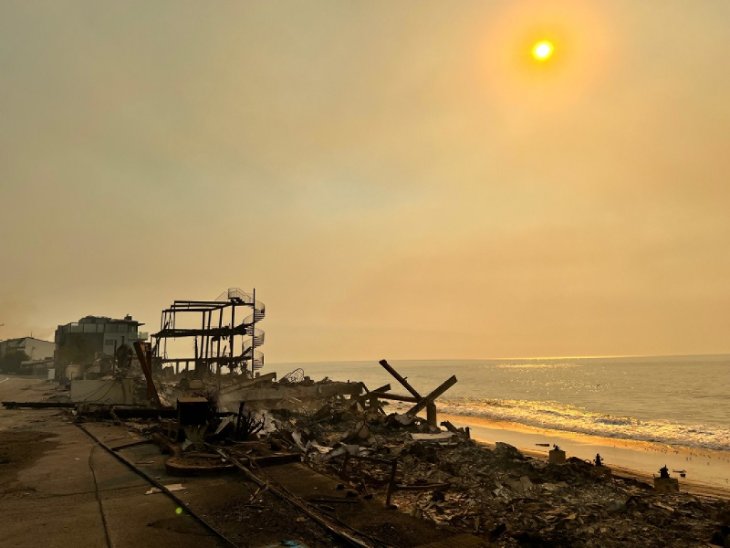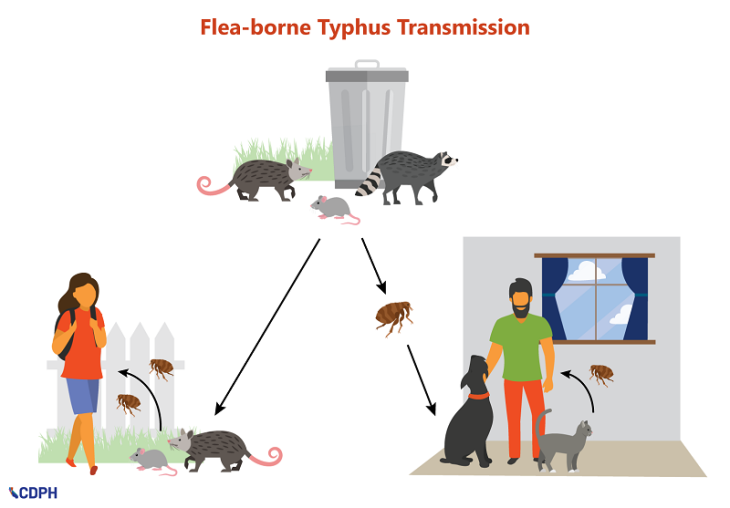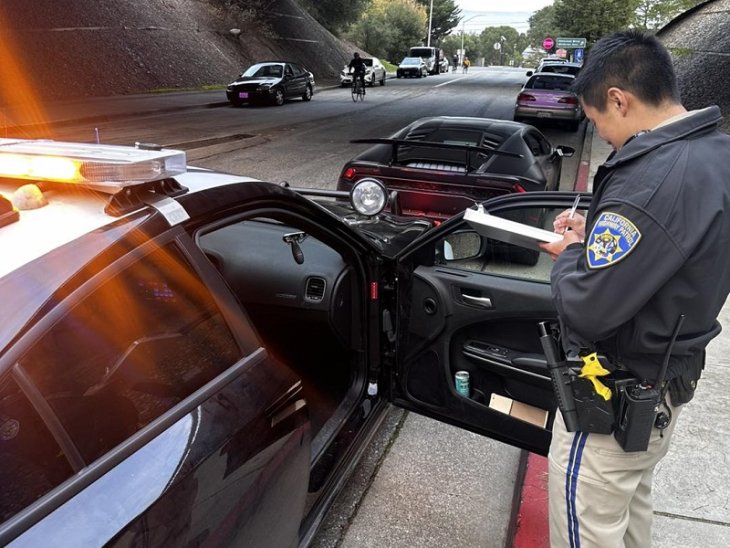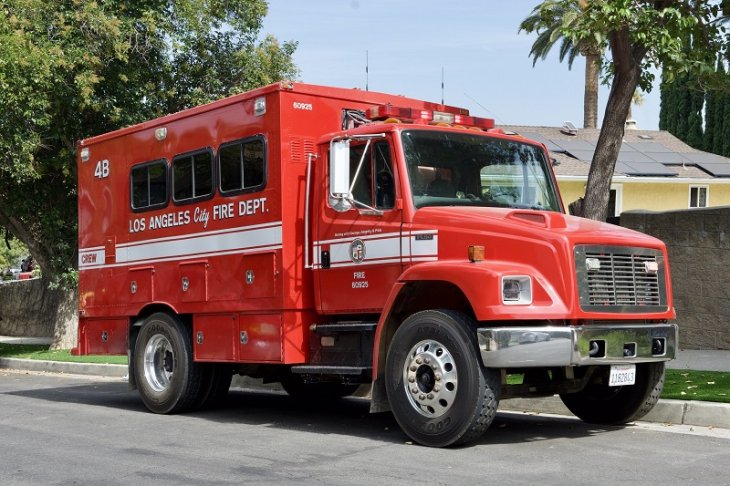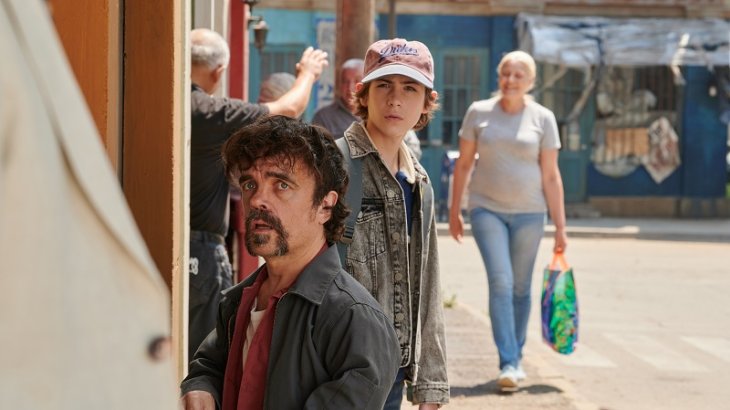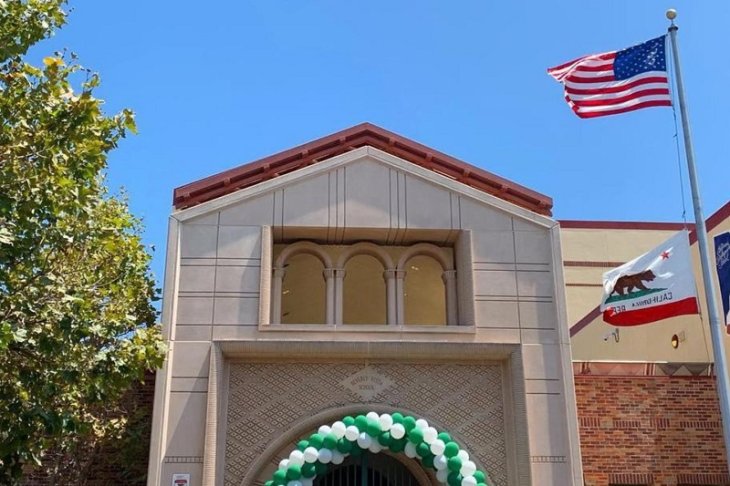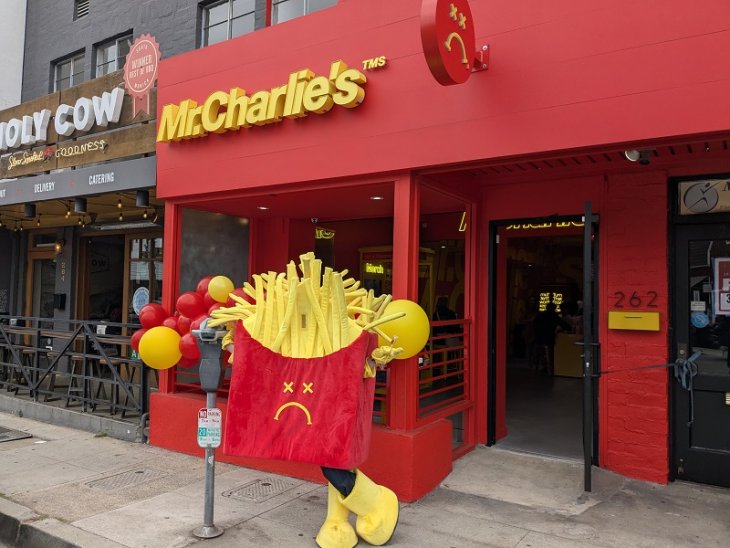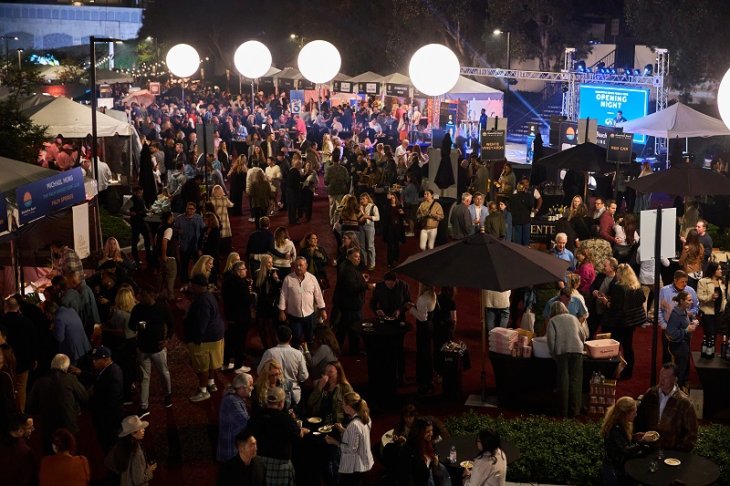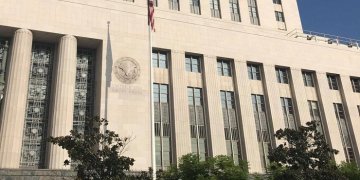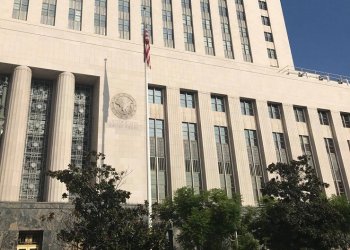City Appoints Chief Heat Officer to Lead City and County Collaborative Efforts
By Dolores Quintana
Extreme heat has emerged as the foremost climate hazard for the City of Los Angeles, presenting a critical challenge to public health and livability. As climate change intensifies, longer and hotter heat waves now extend well into mid-November, posing one of the most significant threats to the region. The escalating impact of extreme heat has resulted in increased hospitalizations and fatalities, surpassing all other climate-related hazards in Los Angeles.
Staying hydrated and cool in air-conditioned spaces is important to prevent heat-related illnesses. The City of Los Angeles has compiled a list of heat relief resources on the City website. One of the listings is for the available County cooling centers, which you can find here.
The City of Los Angeles’ Libraries have air conditioning and can be used as cooling centers as well as the normal purposes. All library locations are listed on the Los Angeles Public Library website.
The rising temperatures are not only uncomfortable but have dire consequences for vulnerable communities. While heat waves affect the entire population, low-income residents and communities of color bear the heaviest burden, facing a disproportionate vulnerability to heat-related illness and death. A combination of pre-existing health conditions, excessive air pollution, and seasonal smoke amplifies their susceptibility to the extreme heat’s adverse effects.
Public health officials stress that the deaths and hospitalizations arising from extreme heat are preventable. To address this pressing issue, the City of Los Angeles has appointed Chief Heat Officer Marta Segura to lead collaborative efforts with City Departments and Bureaus in alignment with LA County. They focus on devising a proactive, coordinated, and equity-driven approach to tackle the risks of extreme heat.
In fact, a 71-year-old man who had been interviewed by The Los Angeles Times at Zabriskie Point in Death Valley collapsed and died later that day during the 121-degree heat. Of course, the heat isn’t as intense in Los Angeles as it is in Death Valley, but it is important to realize that the heat can be very dangerous.

